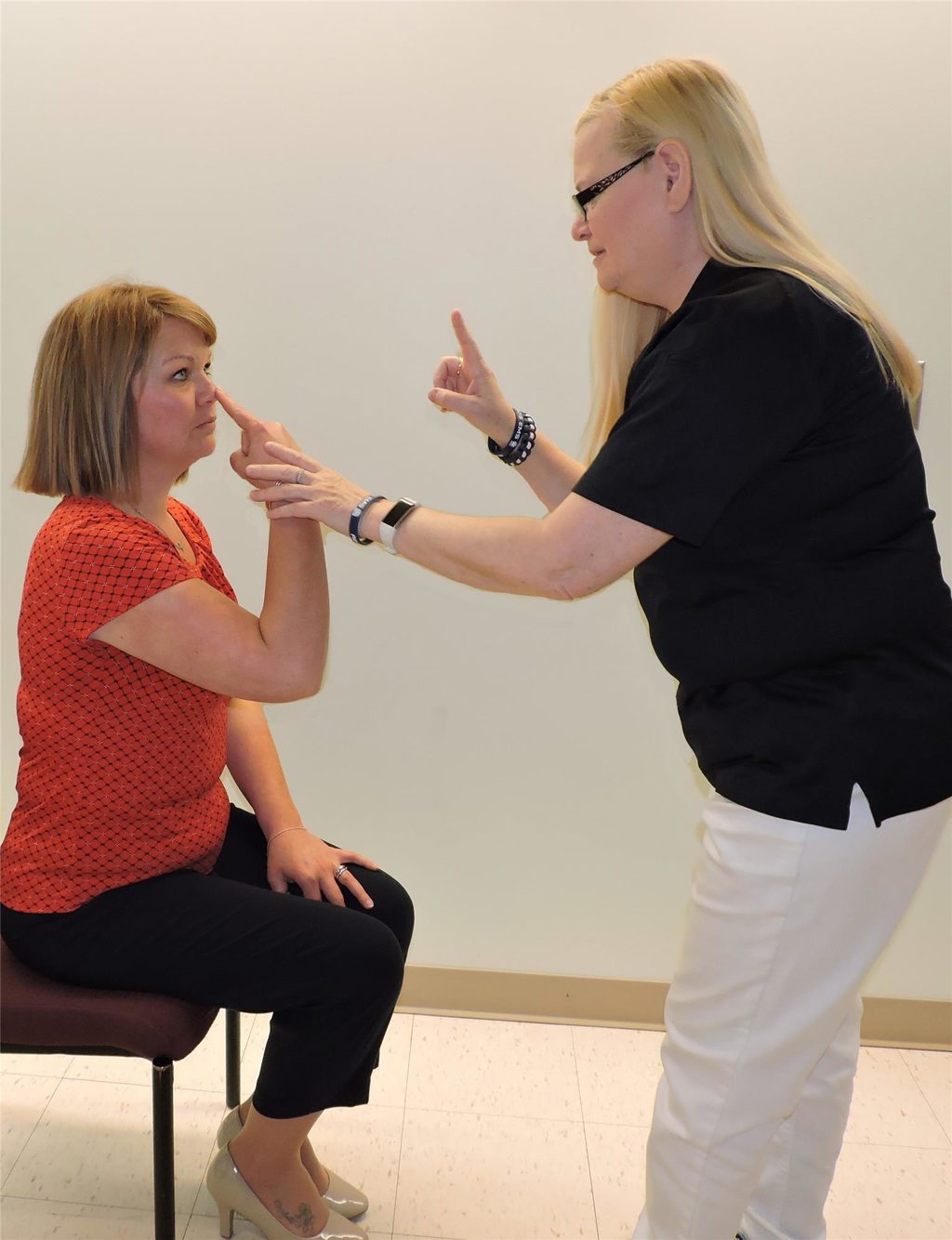Penn Highlands Primary Stroke Center
Stroke is the fifth leading cause of death in the United States and is a major cause of serious disability in adults, according to the Centers for Disease Control.
This month, Penn Highlands Healthcare is joining the American Heart Association/American Stroke Association, the National Stroke Association and many more in recognizing May as American Stroke Month.
What is stroke? According to the American Stroke Association, stroke is a “brain attack” cutting off vital blood and oxygen to the brain cells that control what we do – speaking, walking and breathing.
Of the 795,000 strokes in the U.S. per year, 87 percent are classified as ischemic. An ischemic stroke occurs when a clot or a mass blocks a blood vessel, cutting off blood flow to a part of the brain.
Others are hemorrhagic stroke that occur when a weakened blood vessel, or cerebral aneurism, ruptures, spilling blood into the brain.
“Because of time restrictions in stroke treatment, it is important to be able to recognize the signs and symptoms of stroke quickly. Think F.A.S.T.,” said Jolene Barbazzeni, RN and stroke coordinator for The Stroke Center at Penn Highlands DuBois and the entire Penn Highlands Healthcare system.
F.A.S.T. stands for:
- Face drooping - Does one side of the face droop or is it numb? Ask the person to smile. Is the smile uneven?
- Arm weakness - Is one arm or leg weak or numb? Ask to raise both arms and both legs. Does one drift downward?
- Speech difficulty - Is the person’s speech slurred? Is he or she unable to speak or difficult to understand?
- Time to call 9-1-1. If the person shows any of these symptoms, call. Get the person to the hospital immediately.
There are also additional signs and symptoms that have been added, but they don’t have a memory word, yet. They are:
- Sudden numbness;
- Sudden confusion;
- Sudden trouble seeing;
- Sudden trouble walking;
- Sudden severe headache.
As initial care and immediate care are vital, last year, ambulance companies from around the region started to be trained in Advanced Stroke Life Support through AmServ/DuSan Ambulance of DuBois with some help from Penn Highlands Healthcare.

This class is a hands-on, eight-hour course developed by experts in stroke, emergency medicine, pre-hospital care and nursing education to provide a unique assessment tool to be used in the field and the emergency room. Advanced Stroke Life Support, or ASLS, includes neuroscience, or the science of the brain, information to identify stroke signs – even uncommon ones - and perform focused evaluations.
“The link with pre-hospital providers is such a crucial step to get patient to the appropriate hospital facility and the appropriate care,” Barbazzeni said. Pre-hospital providers include emergency responders, such as firefighters and police, EMTs, paramedics and others who are first on scene.
This year, the next step in pre-hospital care arrived – the RACE scale.
RACE stands for rapid arterial occlusion evaluation (or Rapid Arterial oCclusion Evaluation is used to show where the capitalization is from). The RACE scale is a pre-hospital scale recommended for use by the state as a protocol for first-responders caring for a stroke patient. It is simple and fast to use to detect a high probability of having a large vessel stroke or blockage.
If a large vessel occlusion, or LVO, is detected, this can ready hospital staff to treat patients faster and determine what the most appropriate facility is for the patient. LVO is the blockage of one of the larger vessels in the brain instead of one of the 200-400 smaller ones.
The RACE scale evaluates five items: facial movement, arm function, leg function, head and eyes. It also adds in speaking ability and thought process depending on the patient.
For the face, a responder will ask the patient to smile or to show his/her teeth, and they will score the patient on the symmetry of the facial movement.
For arm motor function, a patient will raise his or her arms while a responder evaluates how long the patient can hold them in place.
For leg and motor function, the patient will raise each leg 30 degrees without touching the bed.
For head and eyes, responders will look for changes as eyes and heads turn side-to-side.
Though it sounds similar to FAST, responders are looking for more details and timing reactions. This special training is provided through classes offered through regional EMS councils.
“The RACE scale is not a substitute for full neurological exam, but it is an adjunct assessment tool to help Emergency Department providers in determining appropriate plan of care even prior to reaching the ED,” Barbazzeni said. “The tool has been validated by the American Heart Association/American Stroke Association as an easy/quick assessment in the pre-hospital setting that will ultimately improve patient outcomes.”
Penn Highlands Healthcare has instituted the same stroke protocols and work flow at all four hospitals, Barbazzeni said. Penn Highlands DuBois has received the top status – gold – from the American Heart Association/American Stroke Association, or AHA/ASA, for its stroke care. The other hospitals are currently working to be certified as Acute Stroke Ready as recognized by the AHA/ASA.
